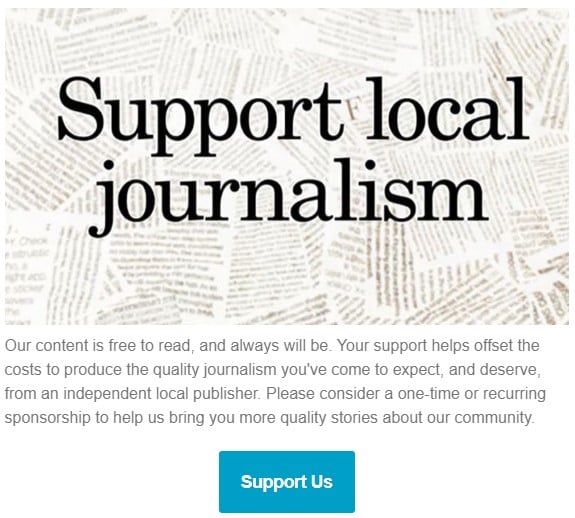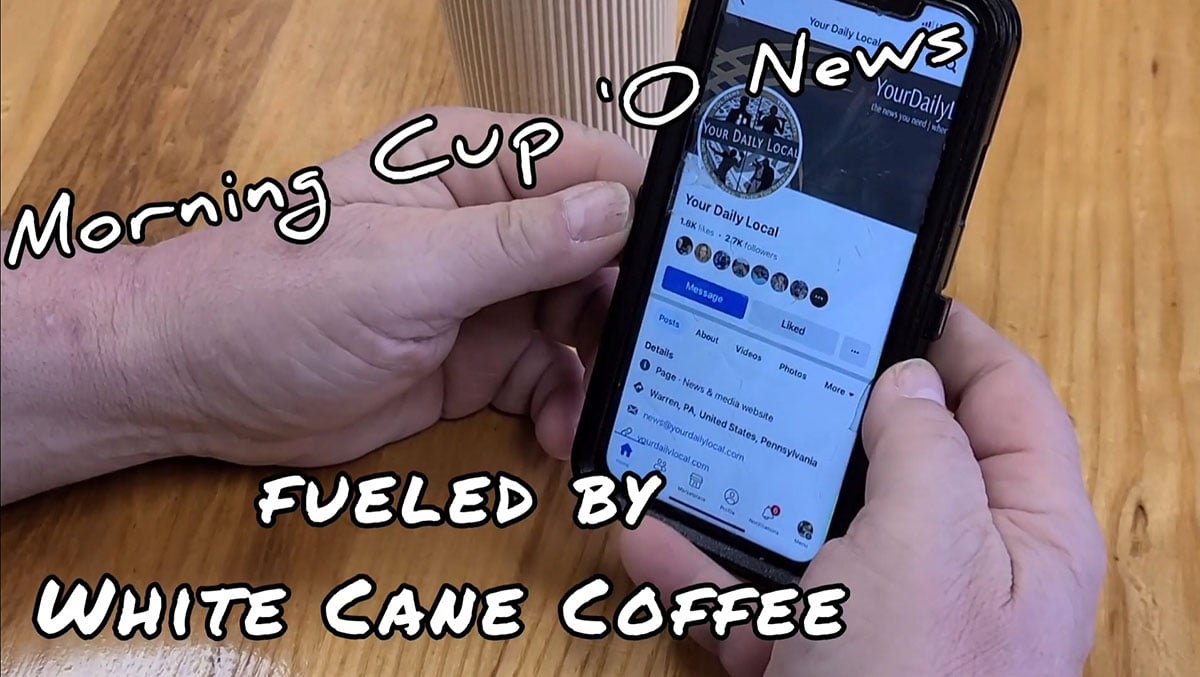Climate problems may seem overwhelming, but people all around this great nation are taking action. This week’s column looks at: CONNECTICUT and the question is: What are the most critical sectors, in terms of reducing Connecticut’s carbon emissions?
In the US, the top sources of greenhouse gas emissions are often identified as energy, transportation, industry, construction, agriculture, and residential. Many of the related activities involve the burning of fossil fuels.
Connecticut (CT) is a small state that is thinking big and taking on climate change in statewide, impactful ways. In the energy sector, it has among the lowest per capita rates of energy use in the country, surprising in chilly New England. How is the power generated? Its namesake river, the Connecticut River, has been used as a source of hydropower since colonial times. Connecticut also supplants fossil fuel use with biogas, which it generates at its many municipal landfills. It has converted most of its power plants to natural gas (source of 56% of the state energy) – a cleaner resource but still in the fossil fuel category – and CT generates 38% of its power from its one nuclear plant. It closed its last coal-fired plant in 2021 and has phased out heating oil furnaces in residential new installations.
To increase power coming from renewable sources, the state has broken ground on its first major wind farm installation in Long Island Sound. This green infrastructure plan is the State Pier Project, in the coastal city of New London. Instead of simply dropping wind turbines off the coast, they’ve used fill from adjacent properties to create 7 acres of new land at the port, which will increase capacity and productivity. The plan also adds much-needed housing. When the turbines go online in 2023, they are expected to supplant 30% of the state energy demand currently being met with fossil fuels.
Connecticut companies specializing in energy efficiency offer audits and weatherizing programs to homeowners and have been promoting the use of heat pumps, both for heating/cooling and as a replacement for traditional hot water tanks. Curious about how heat pumps work? Both This Old House [~8 mins] and a national contractor from Fire & Ice [~6 mins] have good short videos about the technology. Coupled with better insulation, heat pumps can lower home energy costs by a full third. One effective and affordable model: a company covers all the upfront costs of home efficiency improvements, and then takes payments equal to the monthly energy savings shown in your utility bills until the upfront costs are covered. This is painless!
What about industry? Some of the largest US insurance companies are based in Connecticut and the state now requires insurance regulators to enforce lower emissions targets, thanks to a 2021 State Bill (SB 1047, Section 346). Insurance giants such as The Hartford are grappling with how to build new, greener investment portfolios as demanded by asset managers and stakeholders; how to avoid being stuck with assets that are losing value because of high carbon footprints and/or production costs; and, how to reshape risk management strategies in the face of more widespread climate-driven property damage (or the likelihood of such occurrences). Hopefully, transparency in property/casualty insurance will move the whole country in a smarter direction. Rising insurance costs are painful, for property owners in climate-affected areas, but are necessary to reflect true costs. If you build or stay in a flood-prone area, for example, you are more likely to file future damage claims. It should be common sense and obvious that climate change will drive costs higher for insurers and owners alike.
Finally, we arrive at the public transportation sector. If you have internet access, you’ll be able to listen to this program from the Connecticut Department of Transportation. Scroll down to find Episode 27:
Podcast: Along the Lines (Dec. 2021)
Episode 27: Mobility on Demand [~28 mins]
Several episodes in this series spotlight pilot programs initiated to build efficiency, accessibility, and increase ridership. Of note is the UPass episode about the free, statewide public transportation pass for (public) higher ed students. Another good program that helps people in lower income brackets take advantage of state resources is ParkConneCT, a free shuttle bus service piloted in 2021, connecting public transportation riders to various state parks and beaches, on weekends and holidays.
Let me know if you have a podcast to recommend, or have a comment about my column or have trouble finding a particular podcast I’ve mentioned. Happy listening!
[email protected]
Note: This column, part of a series looking at examples of positive climate action, state-by-state, first appeared in the Forest Press 06-15-2022. If you are interested in this state’s topic, check online for updated news, as a lot may have changed in a year.
































